Islamic Attractions
Islam was introduced to the local population in the 15th and 16th centuries as a result of the Ottoman conquest of Bosnia and Herzegovina.
Islamic Attractions
Islam is the most widespread religion in Bosnia and Herzegovina. It was introduced to the local population in the 15th and 16th centuries as a result of the Ottoman conquest of Bosnia and Herzegovina. Most of Bosnian Muslims are Slavs who embraced Islam in great numbers under Ottoman rule. The Ottoman rule also saw many architectural investments in Bosnia and the creation and development of many new cities including Sarajevo and Mostar. As a consequence of these investments, there are many Ottoman mosques and other religious objects that are a part of the Bosnian Ottoman heritage.
Map of religion attractions in Bosnia & Herzegovina can be viewed here: https://bosnia4u.com/2017/11/26/bh-tourist-map-2/.
Islamic objects of significance are:
- Gazi Husrev-beg Madrasa/Library (1537)
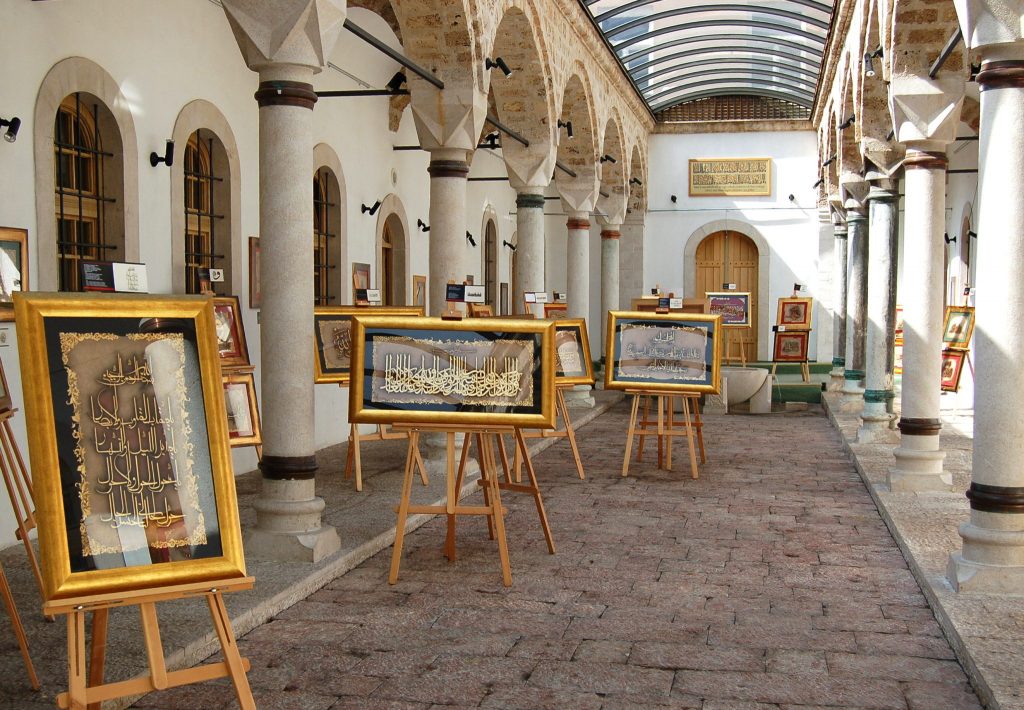
- Gazi Husrev-beg Mosque (1532)
- Ali Pasha’s Mosque (1561)
- Emperor’s Mosque (1457)
- Ferhat Pasha Mosque (1579), Banja Luka
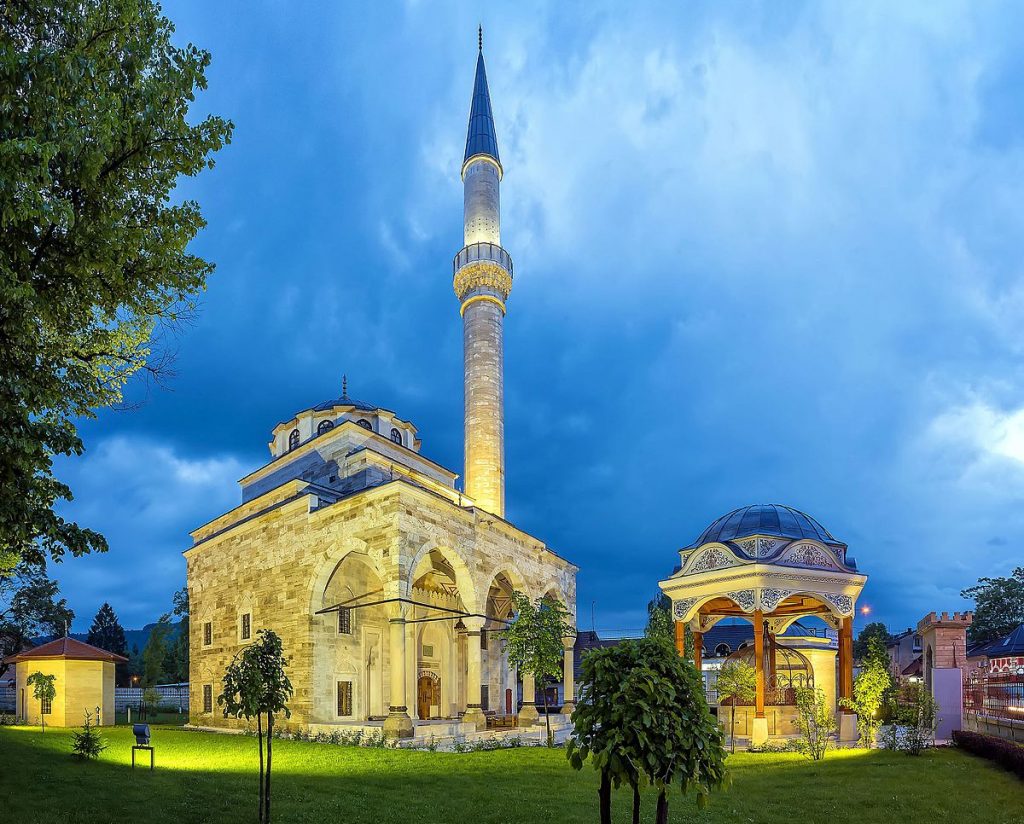
- Fethija Mosque (1266/1592), Bihać
- Hajji Ahmed the Ducat Minter’s Mosque (1574), Livno
- Karađoz Bey Mosque (1557), Mostar
- Koski Mehmed-paša Mosque (17th century), Mostar
- Suleymania Mosque (16th century), Travnik
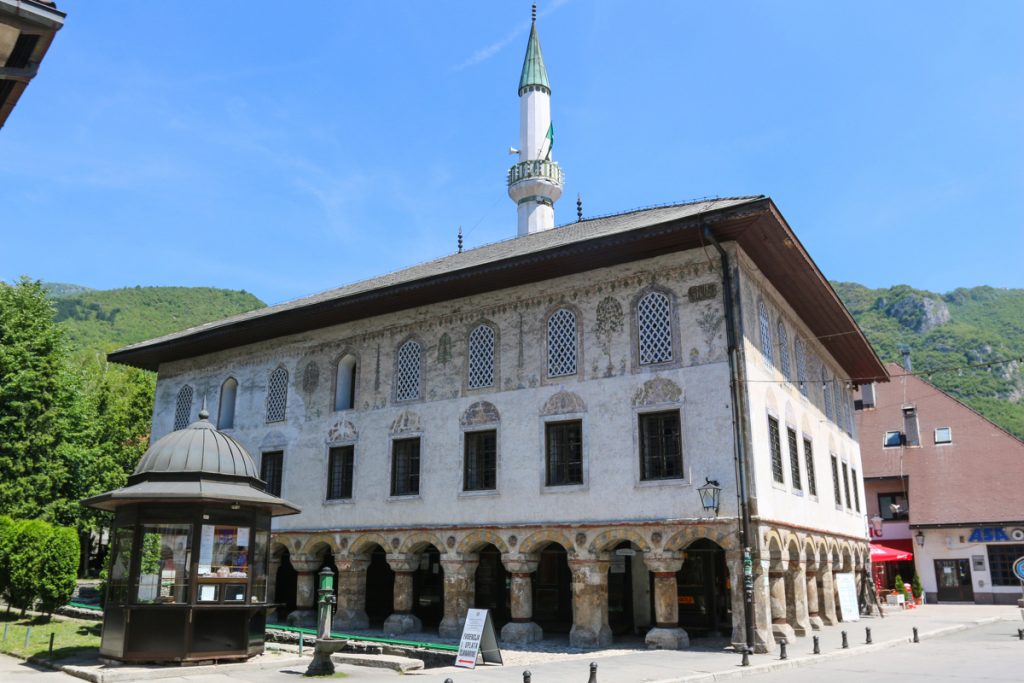
- Baščaršija Mosque (1528)
- Hajji Alija Mosque (1563), Počitelj
- King Fahd Mosque Sarajevo (modern age)
- Istiklal Mosque Sarajevo (modern age)
Islam was introduced to the local population in the 15th and 16th centuries as a result of the Ottoman conquest of Bosnia and Herzegovina.



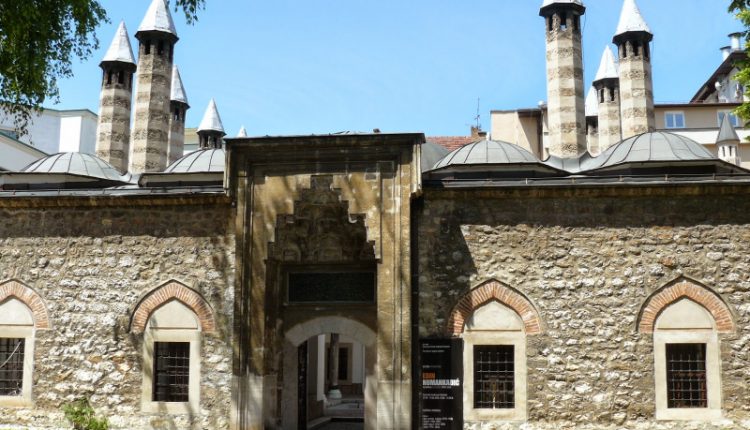
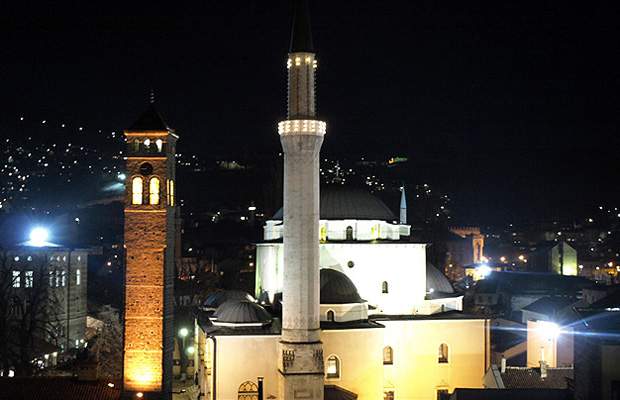
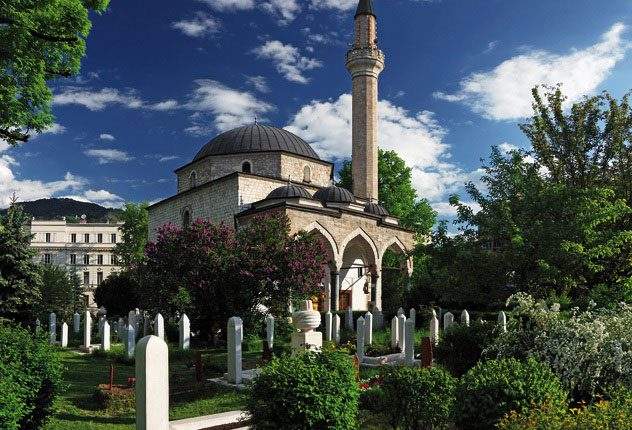
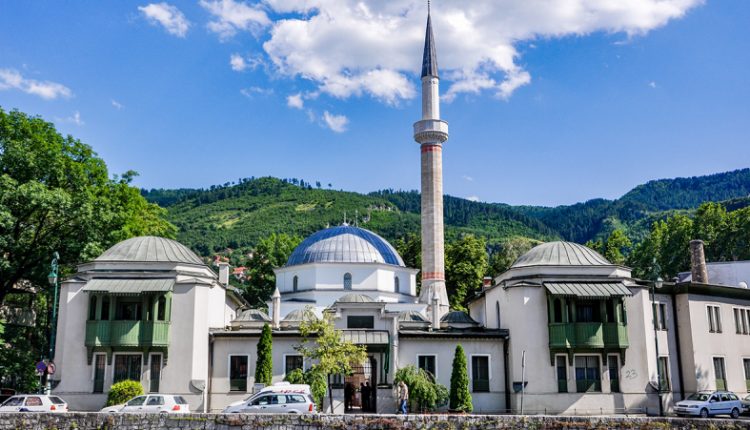
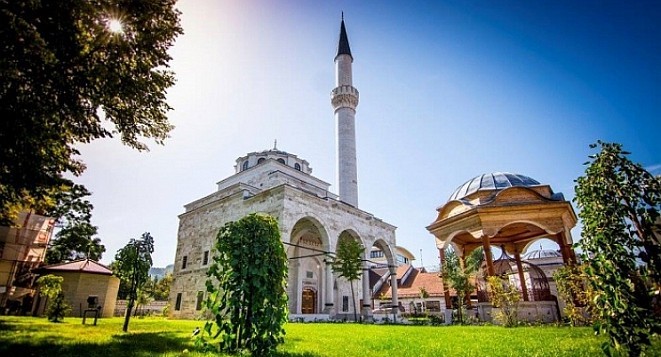
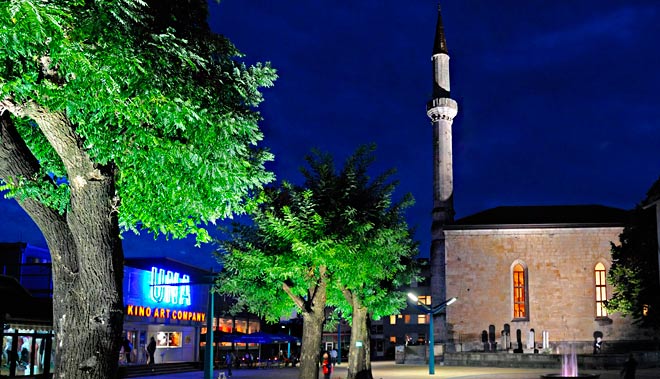
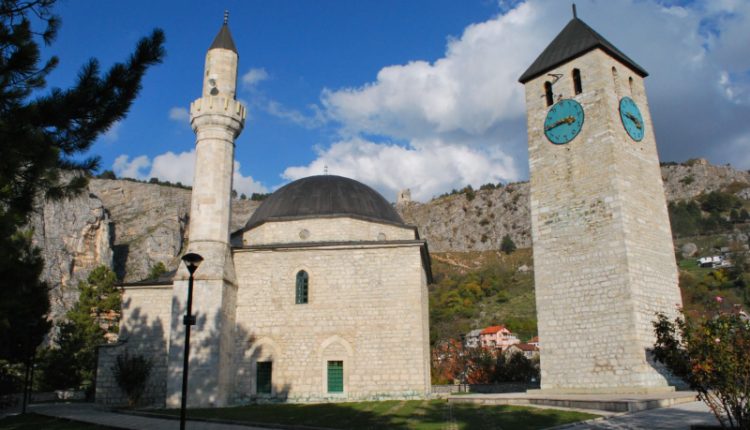
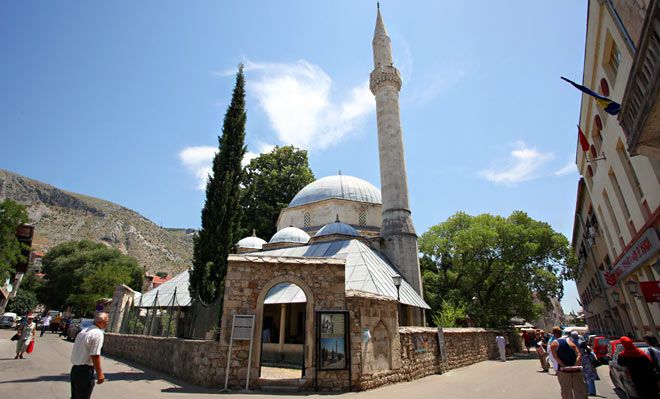
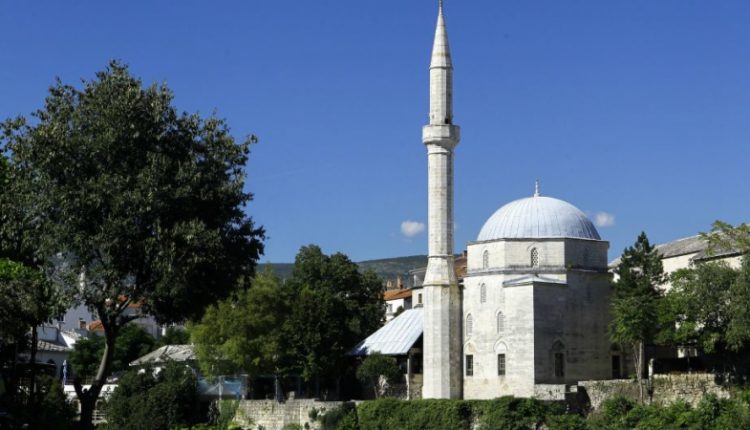
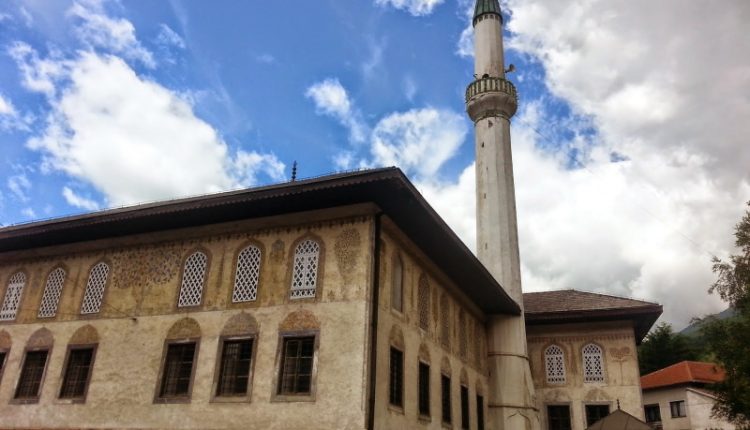
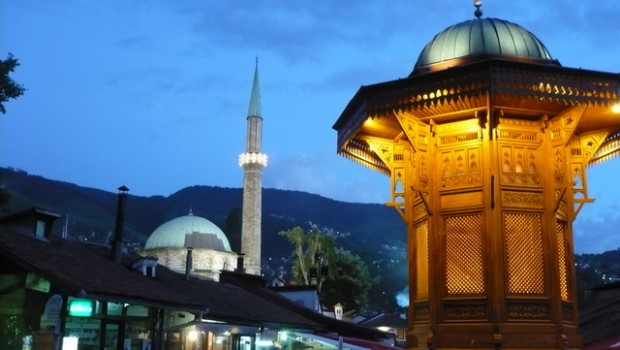
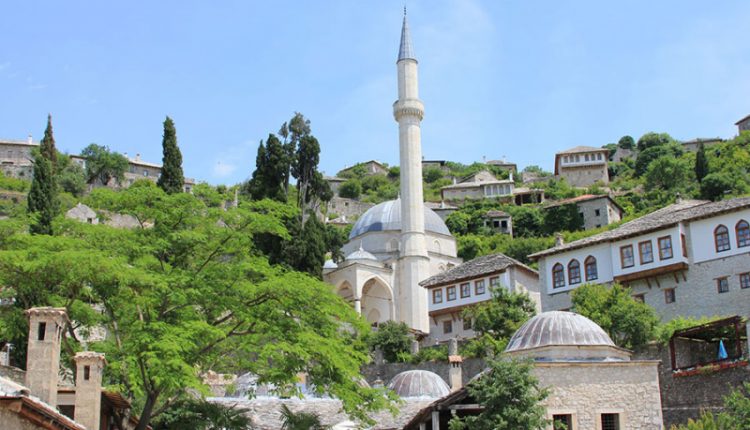
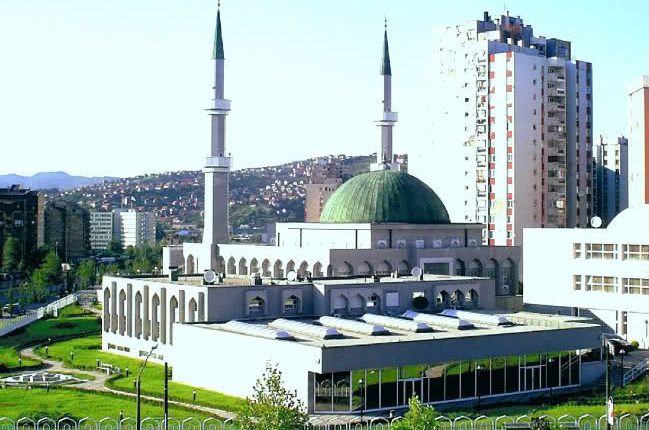
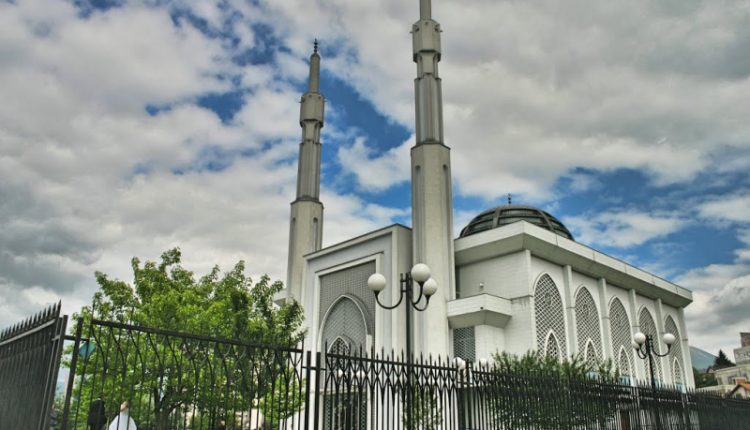
Comments are closed.